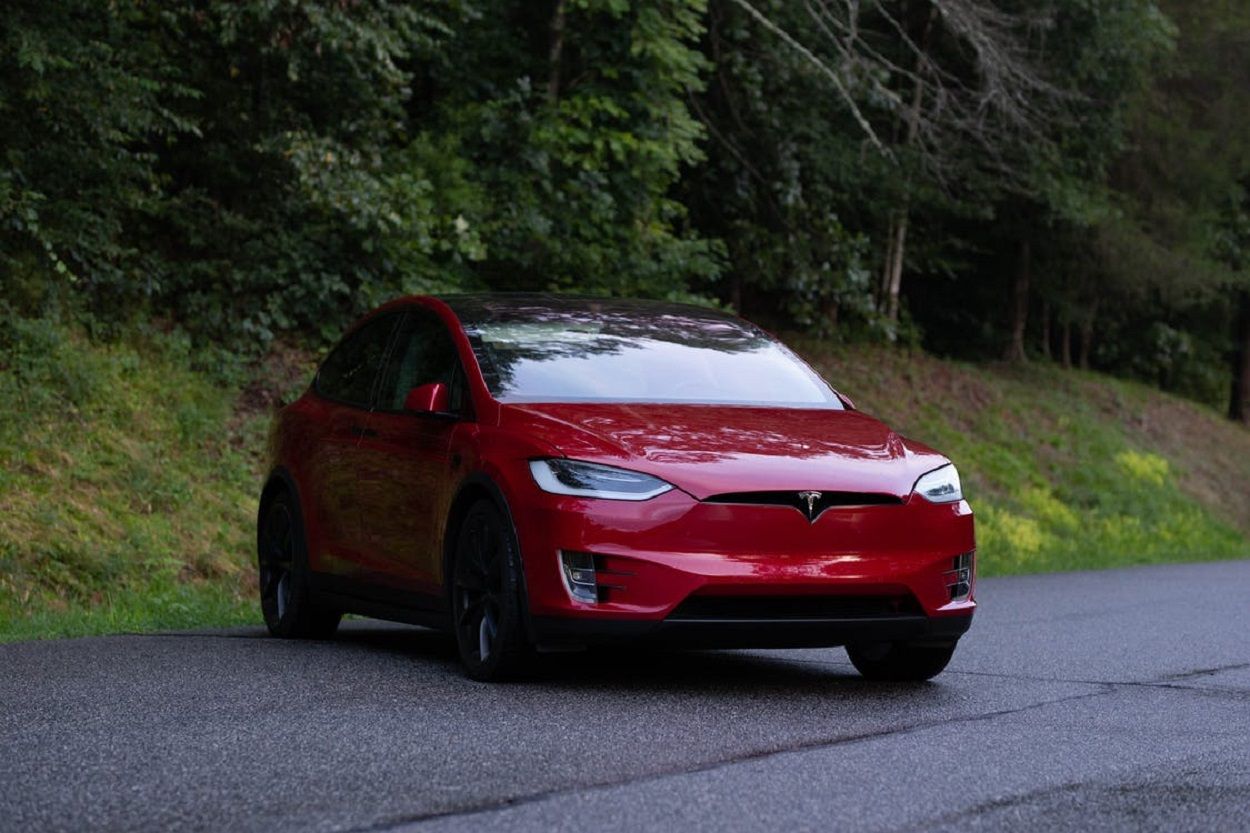- Tesla has invested substantial amounts in artificial intelligence
- They commissioned one of the biggest supercomputers in the world
Leading electric vehicle maker Tesla released its financial results for the third quarter of 2023, which show they made no changes to their significant Bitcoin holdings, Cointelegraph reported.
This has been the case for the fifth consecutive quarter. Tesla has not sold Bitcoin since 2021. In July last year, the company revealed it had sold 75% of its Bitcoin holdings in its earnings report for the second quarter.
Doubling down on AI spending
Tesla has invested substantial amounts in artificial intelligence. This is not a new tendency. In May this year, CEO Elon Musk presented new footage of Tesla Bots at the company’s annual shareholders’ meeting. The bots were capable of recognizing and picking up items and walking steadily. The video displayed AI training, enhanced motor torque control, and object manipulation capacity.
As of September 30, Tesla’s digital assets were worth $184 million. This is a small part of the Bitcoin the company bought in the spring of 2021, which was worth $1.5 billion at the time.
Rapid computing power increase
Tesla reported it had “more than doubled” its computing power for AI projects. The company switched the training of Optimus, its humanoid robot, to AI. Their financial report states that they commissioned one of the biggest supercomputers in the world to speed up AI development. Computing capacity is now more than twice what it was in the previous quarter.
Tesla earnings missed estimates
Tesla reported total revenues of $23.35 billion in the third quarter, which is up almost 9% year on year. The revenues were slightly lower than the estimate of Zacks Investment Research – $24.38 billion. The profits were also lower than expected: earnings per share (EPS) of $0.66 compared to Zack’s $0.72 EPS estimate.
Higher operating expenses
Tesla’s operating expenses in Q3/2023 were $2.41 billion, up almost 14% from Q2 and 42% year on year.
Finally, its research and development expenses increased by 58% year on year, coming in at $1.16 billion. The increase was attributed to AI and other R&D projects.












